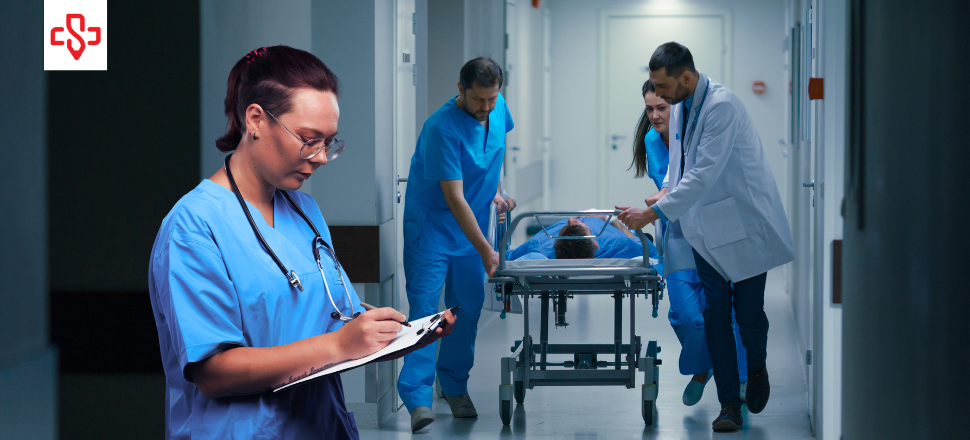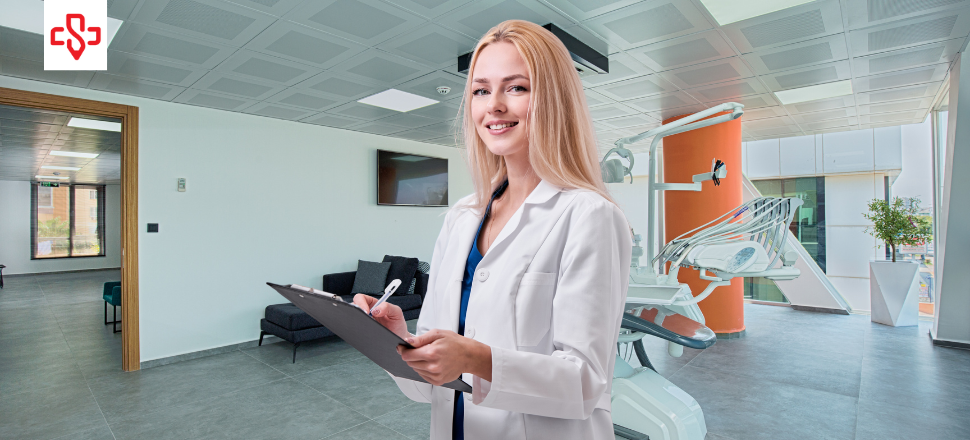Most people think of a medical scriber as someone hired solely to relieve physicians from EMR fatigue. While that’s true, there’s another dimension that often goes overlooked: scribing doubles as a launchpad for future healthcare professionals.
For many aspiring physicians, physician assistants, and nurses, becoming a live medical scribe is the first step into clinical medicine. Hospitals and clinics benefit immediately from documentation support — and longer term from the pipeline of better-trained providers. In this way, medical scribing is more than support; it’s an investment in the future of healthcare.
Scribing as a Clinical Classroom
Unlike shadowing or internships, medical scribing places individuals in the thick of clinical care.
Live medical scribes:
- Work side by side with providers in real patient encounters.
- Learn clinical workflows, terminology, and EMR systems.
- Gain firsthand insight into patient-provider interactions.
This exposure is invaluable.
According to the Association of American Medical Colleges (AAMC), “Experiences that provide real-world immersion in clinical settings are among the strongest predictors of success in medical training.”
Benefits for Current Providers
While scribes gain experience, providers benefit just as much.
-
Better Documentation Support
Because many scribes aspire to clinical careers, they approach the role with focus and ambition. This leads to more accurate and attentive documentation . In fact, 69% of medical scribe program participants have applied to health professional schools, with 70% of those applicants being accepted.
-
Stronger Team Integration
Aspiring clinicians often understand the importance of workflow efficiency. A live emergency department scribe adapts quickly, anticipating provider needs.
-
Reduced Training Burden
When hospitals hire scribes who plan to move into clinical roles, they’re essentially pre-training future providers in real-world systems.
Emergency Departments: Training Under Pressure
Few environments offer better preparation for aspiring clinicians than the ED. The pace, unpredictability, and acuity of cases create an unparalleled learning environment.
ED medical scribes not only document real-time encounters but also:
- Observe diagnostic reasoning across multiple specialties.
- Learn to filter critical information from chaotic environments.
- Gain resilience under pressure — a vital skill for future providers.
As one emergency physician remarked in AMA News: “The best med students I’ve met were former scribes — they know the workflow, the language, and the pace before they ever set foot in residency.”
Specialty Clinics: Building Depth of Knowledge
In cardiology, dermatology, and urology clinics, scribes gain depth rather than breadth. They become familiar with specific procedures, test interpretations, and chronic disease management.
This specialization benefits both the clinic and the scribe:
- Clinics gain highly trained EMR scribes who understand their documentation nuances.
- Scribes gain targeted experience that strengthens future applications for PA, NP, or medical school.
For smaller practices, it’s also a recruitment tool — scribes often return as fully trained providers, already familiar with the clinic’s culture.
Why Live Beats Remote for Training Value
Remote models like telescribing or medical scribe online programs don’t provide the same training impact.
- Limited Observation: Remote scribes can’t see nonverbal cues or environmental context.
- Weaker Integration: They remain external to the care team, missing the interpersonal side of medicine.
- Reduced Immersion: Without physical presence, the role feels more transactional and less educational.
For scribes seeking career growth — and for hospitals that see value in cultivating talent — live, on-site models remain superior.
Retention and Pipeline Benefits for Hospitals
Hospitals and health systems face growing provider shortages. Investing in live medical scribes creates a pipeline of future talent:
- Recruitment Edge: Former scribes are more likely to return as residents or staff.
- Lower Onboarding Costs: They already know EMR systems and workflows.
- Cultural Fit: Having been embedded in the team before, they integrate seamlessly.
This “grow your own” model helps hospitals reduce long-term staffing challenges.
The Patient Experience: Indirect but Powerful
Patients also benefit when scribes are treated as future providers. When a medical scriber is fully engaged in observing and learning, they capture notes with more attention to accuracy and context. This leads to:
- More complete documentation.
- Smoother patient flow.
- Providers who can stay focused on care, not data entry.
And over time, patients may even encounter the same individuals again — this time as physicians, PAs, or NPs already familiar with their system.
Scribes Today, Providers Tomorrow
Live medical scribes play a dual role in healthcare: immediate support for overburdened providers and long-term investment in the next generation of clinicians. From the chaos of emergency departments to the focused depth of specialty clinics, scribes gain skills and insights that prepare them for future careers in medicine.
For hospitals, scribes deliver ROI in documentation accuracy, compliance, and provider satisfaction. For patients, they create more attentive, present providers. And for the scribes themselves, the role is a steppingstone into the world of clinical practice.
In short, scribing is more than note-taking. It’s workforce development. And in a time when healthcare needs both efficiency and new talent pipelines, live medical scribes deliver on both fronts.



